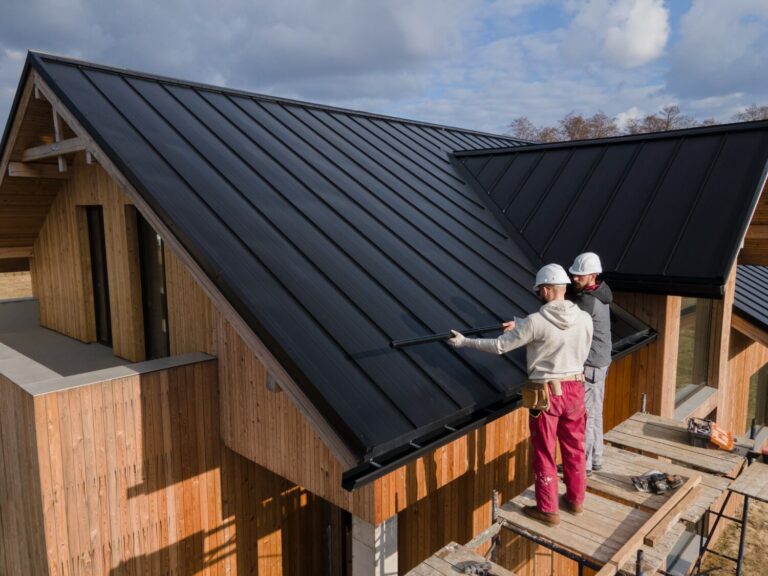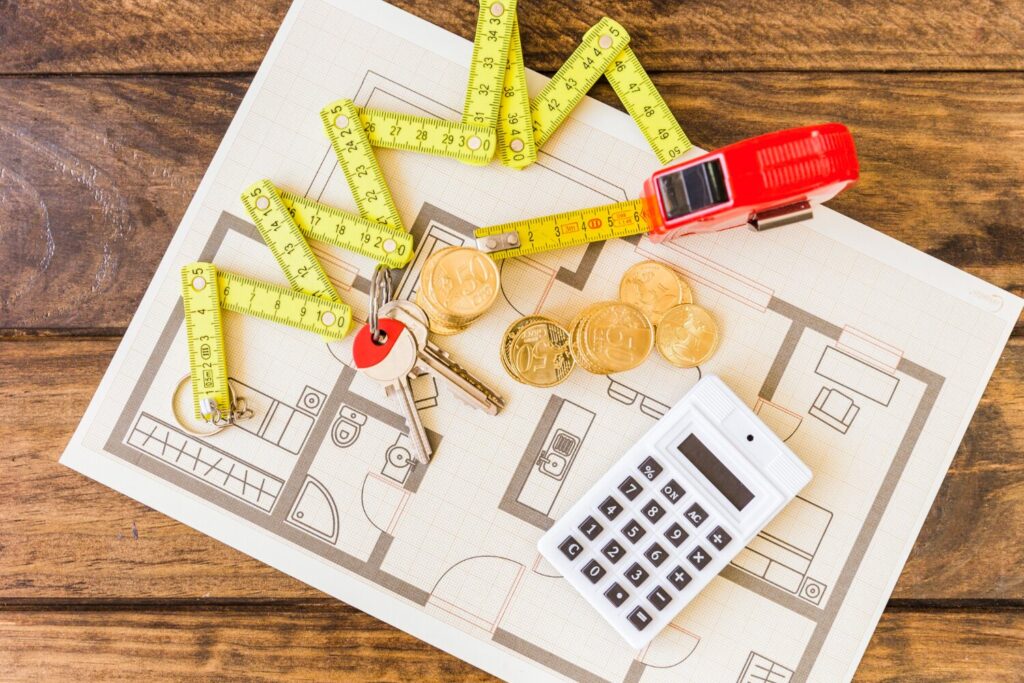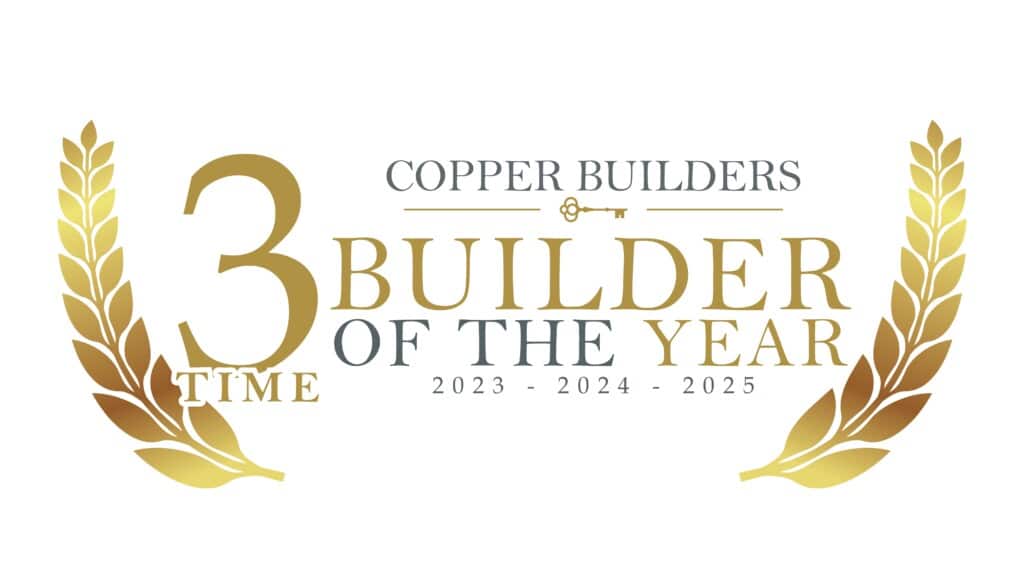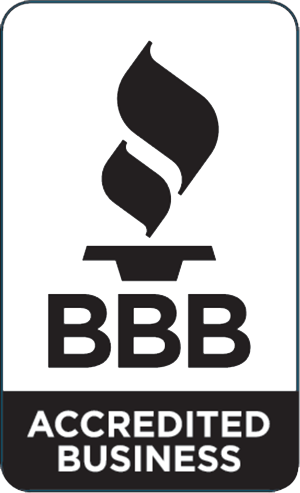If you’re planning to build your dream home, navigating the financial aspects of construction can be as crucial as choosing the perfect design. Prospective homeowners consider construction-to-permanent loans because they offer a simplified way to build and finance a new home.
This article will discuss how construction-to-permanent loans work and shed light on why they stand out as an excellent option for construction financing.
What is Construction to permanent loan?
A Construction-to-Permanent loan is a type of financing that allows a borrower to finance the construction of a new home and then convert that loan into a permanent mortgage once the construction is complete. This financial tool is designed to assist prospective homeowners in securing the necessary funds for acquiring land, materials, permits, and other construction-related expenses.
While various lenders offer construction-to-permanent loans, they are commonly found at banks or specialized lenders focusing on construction financing.
With a construction-to-permanent loan, the borrower enters into a single loan agreement that covers the entire construction process, from groundbreaking to completion. Additionally, during construction, they only pay interest on the amount spent, easing initial financial strain. Once the home is complete, the loan transitions to a traditional mortgage, providing stability.

How to get a Construction to permanent loan?
Getting a construction-to-permanent loan involves several steps, ensuring a smooth transition from building your dream home to a permanent mortgage. Here’s a step-by-step guide:
Step 1: Define Your Goals
The first step is to clearly define your goals. Consider what type of home you want to build and the essential features for you. Once you have a vision in mind, it’s time to find a reliable builder. Seek recommendations, read reviews, and check out their previous projects to make sure they can bring your dreams to life.
Step 2: Talk to a Loan Officer
Before you dive into the construction process, it’s crucial to discuss with your loan officer your financing options. Choose a lender who specializes in these loans to ensure a smooth and well-informed experience.
Step 3: Finalize the Details
Make sure your construction plans align with your vision and comply with local building codes. At the same time, solidify your agreement with the builder through a detailed contract outlining all aspects of the construction, including timelines and milestones.
Step 4: Apply for Your Loan
To secure approval, you must furnish the lender with evidence of your income, tax returns, bank statements, and additional financial documents. Additionally, you are required to submit building plans outlining the projected costs for each segment of the project.
Step 5: Review and Sign Documents
Upon approval, carefully review and sign the loan documents. This step is crucial as it sets the terms and conditions of your construction-to-permit loan. Pay close attention to details such as interest rates, repayment terms, and disbursement schedules.
Step 6: Let the Building Begin!
With the loan secured, it’s time for the exciting part—construction! Funds from your loan are released to your builder as you progress through different stages of the project. During this phase, you typically pay interest only on the amount disbursed, making it easier to manage your financial commitments.
Step 7: Transition to Your Permanent Home
As construction nears completion, the transition to the permanent phase of your loan begins. Review the final details of the construction to ensure everything aligns with the agreed-upon plans. Once satisfied, your construction-to-permit loan seamlessly transforms into a traditional mortgage, providing a stable and permanent foundation for your new home.

Who is eligible for a construction-to-permanent loan?
It’s important to note that eligibility criteria may vary among lenders, and specific requirements can depend on factors such as the loan amount, location, and the lender’s policies Here’s a breakdown of key eligibility factors:
Good Credit Score: Lenders often require a good credit score to qualify for a construction-to-permanent loan. A higher credit score indicates a history of responsible financial management, making you a lower risk for the lender.
Sufficient Income to Pay the Loan: Lenders assess your income to ensure you have the financial capacity to make loan payments. This includes both the interest-only payments during construction and the full mortgage payments once the construction is complete.
Lower Debt-to-Income Ratio: Lenders evaluate your debt-to-income ratio, comparing your monthly debt payments to your gross monthly income. A lower ratio indicates that you have more income available to cover your debts, making you a more attractive candidate for a construction-to-permanent loan.
Project Budget and Specifications: A well-defined project budget and specifications are essential. Lenders want assurance that the loan amount aligns with the actual cost of construction and that the completed home will have the necessary value to support the mortgage.
Pros of Construction-to-Permanent Loan
Interest-Only Payments with Interest Locking
During the construction phase, you typically make interest-only payments. This can ease your financial burden during construction. Additionally, locking in the interest rate protects you from market fluctuations.
Time and Cost Savings
Combining construction and permanent financing into one loan can save time and money compared to obtaining separate loans for each phase. There’s a single closing, which streamlines the process.
Access Funds as Needed
Construction-to-permanent loans often allow you to draw funds as needed at various stages of construction. This provides flexibility and ensures that you’re only paying interest on the funds disbursed.
Cons of a Construction-to-Permit Loan
Possible Large Down Payments
Construction-to-permanent loans may require a larger down payment compared to traditional mortgages. The standard is often around 20%, which could be a substantial upfront expense.
Possible Out-of-Pocket Expenses:
If the construction project goes over budget or if there are unexpected costs, you might be responsible for covering these out-of-pocket expenses. It’s important to have contingency plans in place.
Possible High-Interest Rates
While interest-only payments can be advantageous during the construction phase, the overall interest rates on construction-to-permanent loans can be higher compared to traditional mortgages. This is a consideration, especially if market interest rates are high.

Final thoughts: Is Construction to Permanent Loan Right for You?
Construction-to-permanent loans can offer convenience for individuals building a new home by simplifying the financing process. However, borrowers must understand the terms and conditions of the loan, including interest rates, fees, and any potential risks associated with the construction process.
By partnering with a reputable home builder like Copper Builders, you not only enhance your chances of securing the loan but also ensure that the construction of your dream home is carried out with precision and quality.














